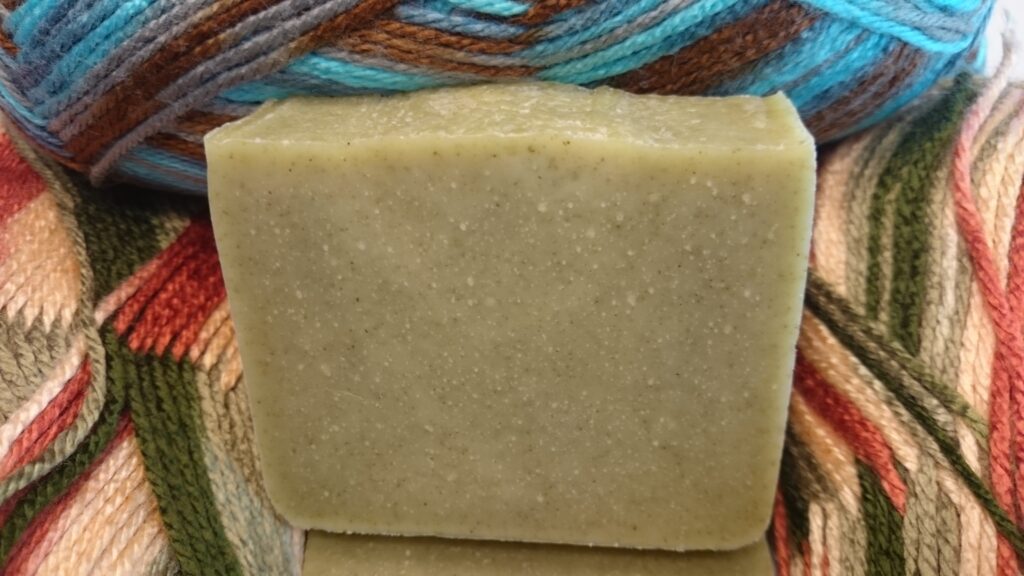
I have to say that when I first started making soap I would just use three basic soap ingredients, coconut oil, palm oil, and olive oil. My thought process was just to make soap and add fragrance so that my soap would smell good. It wasn’t until I started doing research that I started to learn about the fatty acids of oils, butters, and fats when formulating a soap recipe.
It became more than just making a bar of soap. I was beginning to think about what I wanted in this bar of soap. What I wanted it to do and how I wanted it to feel on my skin. What were the qualities that I wanted this soap to have?
Whatever oil or butter that is chosen for a recipe has a fatty acid profile which indicates the qualities that your soap will have. Do I want a hard bar that cleans, conditions, and moisturizes. Does the lather have to be fluffy? Or, is moisturizing more important than having a hard bar? These questions started me looking at different ingredients to use in my soap and how I would formulate that bar of soap.
Although I continue to learn about fatty acids, it can be overwhelming when it gets too scientific. But, I am still looking to create that perfect bar for my skin.
Types of Fatty Acids
Lauric Acid. Cleans, makes a hard bar of soap, and it produces fluffy lather. Using too much of it can dry your skin. It is a saturated fat.
Linoleic Acid. Conditioning and moisturizing properties. It is an unsaturated fat.
Linolenic Acid. Moisturizing, conditioning, and creates a mild bar of soap. It is an unsaturated fat.
Myristic Acid. Creates a hard bar of soap. Cleansing and a fluffy lather. Can be drying if too much is used. It is a saturated fat.
Oleic Acid. Conditioning and moisturizing. Does not produce good lather. It is an unsaturated fat.
Palmitic Acid. Produces a hard bar of soap with creamy lather. It is a saturated fat.
Ricinoleic Acid. Conditioning, moisturizing, creamy, and a fluffy lather. It is an unsaturated fat.
Stearic Acid. Hard bar, creamy lather. It is a saturated fat.
Leave a Reply